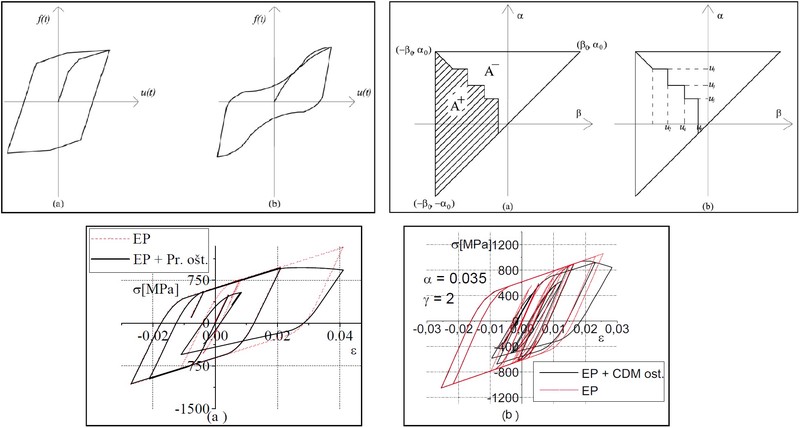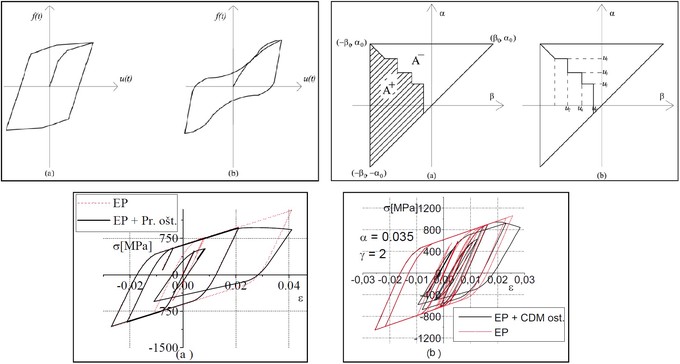
Abstract
In this doctoral dissertation, behavior of trusses in plastic domain is investigated in order to optimize numerical analysis of this problem and to define foundation for extending proposed model to the analysis of beam elements. New dimension in this problem arise in the case of the cyclic loading, relating to the accuracy of results after certain number of cycles and computational effort of corresponding model. Material model based on the Preisach hysteretic operator, determined as analytical expression for stress-strain relation, enables numerically effective modeling of uniaxial material behavior. By using this model, in this dissertation, finite element equations for elastoplastic analysis of trusses subjected to cyclic loading are determined, which lead to definition of algorithm for numerical analysis in c++ programming language. In order to validate results and to analyze numerical performance of calculation based on the material model used in this dissertation, in numerical examples, results obtained by analyzed (Preisach) model are compared with results obtained by using other hysteretic operator (Bouc-Wen) and also with results obtained by using one of the classical model of plasticity (generalized plasticity model). Geometric nonlinearity is taken into account by well established methods, and it was defined in several numerical examples. Stress state in analyzed material is uniaxial, and in numerical examples with beam elements, the assumption of engineering beam theory is adopted (cross section is perpendicular to a bending line). Besides existing (Preisach) model for elastoplastic material behavior, in this dissertation damage model in material is defined through two approaches. In the first approach, proposed hysteretic operator for elastoplastic behavior is modified, so that it would have the possibility to model the damage in material. In the second approach, in proposed finite element algorithm for elastoplastic analysis, phenomenon of damage is introduced by using the basic principles of continuum damage mechanics. In addition, model for calculation of hysteretic energy loss in truss structures, based on the considered model, is presented, and finally, the foundation for extending the corresponding analysis on beam elements, by using numerical integration of normal stress in cross section, for simple cases of loading, is proposed.
